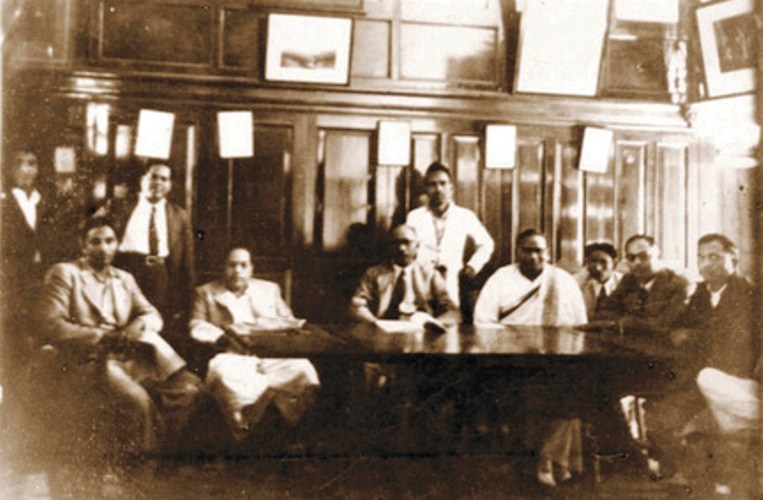When the government made the draft of the National Register of Citizens in Assam public last month, as many as 4 million residents of the state found their names missing.
Nowhere to go
The people of Nagaon, Bangaingaon, Darrang and Kamrup Metro districts have suffered the most as about 25 to 31 per cent of them were left out of the NRC.
The residents of Karimgunj, Goalpara, Barpeta, Cachar and Marigaon are a little less unfortunate, but lakhs of people here too have been left to fend for themselves.
These areas are dominated by the Bengali-speaking people. They are the people whose ancestors settled in Assam after leaving their homes and hearths in what is today Bangladesh for a number of reasons over a period spanning a hundred years or more.
But, it is interesting to note that a vast majority of them are Namashudra, a Scheduled Caste.

Atul Krishna Biswas, a retired IAS officer who has carried out extensive research on the Namasudra community, told FORWARD Press that not less than a million people left out of the NRC in Assam could be Namasudras.
Also Read: Bengal’s unsung Namasudra movement
Who are the Namasudras?
Namasudras are Dalits, the original inhabitants of East Bengal (today’s Bangladesh).
They were an agricultural and fishing community. Some of them were also boatmen.
Most of these Namasudras were poor, landless people, toiling in the fields of their “Bhadralok Bengali” or “Bengali gentlemen” landlords.
Some of them used to work as sharecroppers in East Bengal, too.
But later they grew economically and became an important segment of society.
While the Bhadralok used the Namasudras for their own benefit, the Namasudras developed political clout and soon became the most important community of the area along with the Rajbonshis.

A.K. Biswas explains, “The Namasudras were brought to Assam first to clear the dense forest and cultivate the newly cultivated land. … These people soon became indispensable to the landowning class of the state due to their sheer grit and hard work.” They continued to trickle into Assam and Bengal in batches and were mostly welcomed and coopted.
Also Read: Hindu casteism led to the creation of East Pakistan
The exodus of 1971
But the main exodus occurred at the time of Partition and before the Bangladesh war of 1971.
Biswas says that most of the people swarming into this side of the border were victims of communal violence in their own land. He estimates that about 10 million people came to India from Bangladesh to escape persecution.
Also Read: How the Bengali chotalok shaped India’s destiny
No one to turn to
Activist and journalist Palash Biswas holds the mainstream political parties of Assam and West Bengal responsible for the pathetic condition of the Namasudras today.
He said, “The so-called progressive Left Front government ordered the police to open fire on these Namasudras in Marichjhanpi area of Sunderban. Theses parties have no reason to launch an agitation for these Dalits now.”
He says Trinamool Congress, the ruling party in West Bengal, too will do nothing on the ground, as most of the migrants in the state have already got citizenship and are not threatened by the NRC. Thus, the people of this caste in Assam have no one to turn to.
copy-editing: Anil
Forward Press also publishes books on Bahujan issues. Forward Press Books sheds light on the widespread problems as well as the finer aspects of Bahujan (Dalit, OBC, Adivasi, Nomadic, Pasmanda) society, culture, literature and politics. Contact us for a list of FP Books’ titles and to order. Mobile: +917827427311, Email: info@forwardmagazine.in)
The titles from Forward Press Books are also available on Kindle and these e-books cost less than their print versions. Browse and buy:
The Case for Bahujan Literature
Dalit Panthers: An Authoritative History






